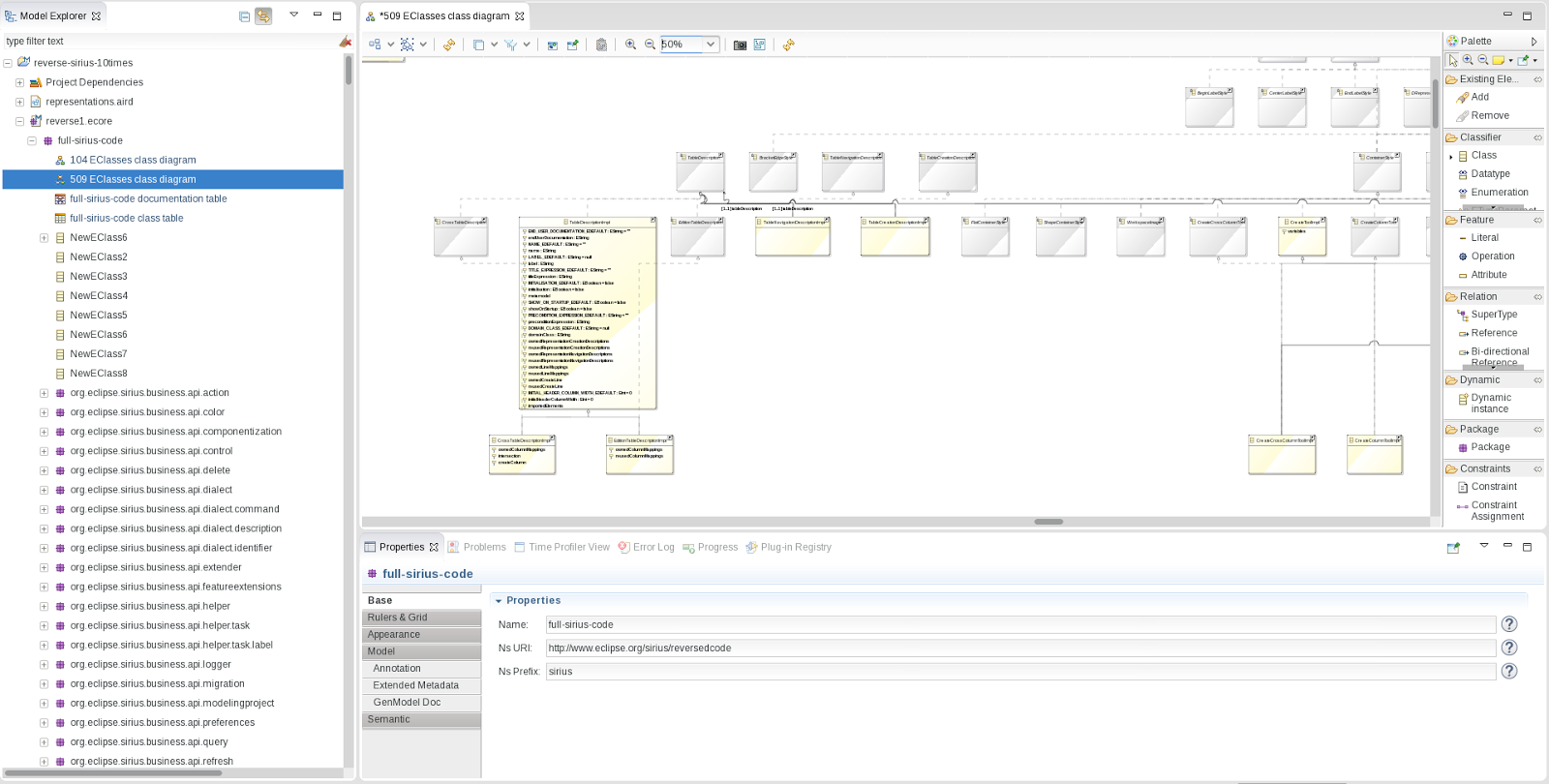

Nonetheless, the data TESS collects can be used to study variabilities in star brightness and the appearance of supernovas.(To learn all about Sirius, please also look over my reviews of previous versions here and here.)Ĭosmic Patterns has released an extensive PDF listing of all of its new features, which you can get here. Because Sirius is a young star, it's not likely to have planets orbiting it. In April, 2018, NASA launched the Transiting Exoplanet Survey Satellite (TESS), with the aim of finding exoplanets orbiting bright stars. To this day, Sirius continues to be a favored study subject for astronomers and physicists. They found that the star has a mass that is 98 percent that of Earth's sun. It wasn't until 2005, when a team of astronomers assembled data collected by the Hubble Space Telescope, that scientists were able to measure the mass of Sirius B for the first time. The luminosity of Sirius A overpowered ground-based observations, making it impossible to isolate the much dimmer luminosity coming from Sirius B. Astronomers can calculate the mass of a star based on its brightness, or luminosity, but this was challenging for Sirius B. The mass of a star is an important factor in the object's stellar evolution, because it determines the star's core temperature and how long and hot the star will burn. Eventually, Earth's sun will cycle to the white dwarf stage as well. Scientists study white dwarfs like Sirius B in hopes of gaining a better understanding of the stellar cycle. White dwarfs get dimmer and dimmer until they eventually stop burning and go dark, thus becoming black dwarf stars- the theoretical final stage of a star's evolution. Sirius B is a white dwarf star, which is the last observable stage of a low- to medium-mass star. (Image credit: project nightflight) Studying Sirius The brightest star in Earth's night sky, Sirius, hovers over a burial mound, called the Leeburg tumulus, in a new image by project nightflight. researchers spotted Sirius B through Clark's newly developed great refractor telescope. astronomer and telescope maker, confirmed Bessel's hypothesis in 1862, when the U.S. Bessel hypothesized that an unseen companion star affected Sirius' motion. More than 100 years after Halley's finding, in 1844, German astronomer Friedrich Wilhelm Bessel published a scientific note in the Monthly Notices of the Royal Astronomical Society describing how Sirius had been deviating from its predicted movement in the sky since 1755. This means that stars, including Sirius, move across our sky with a predictable angular motion with respect to more-distant stars. In 1718, English astronomer Edmond Halley discovered that stars have " proper motion" relative to one another. According to spacewatching columnist Joe Rao, the Egyptians called Sirius the "Nile Star," because it always returned just before the river rose and so announced the coming of the floodwaters that would nourish their lands. The Egyptians even went so far as to base their calendar on when Sirius was first visible in the eastern sky, shortly before sunrise. The star is present in ancient astronomical records of the Greeks, Polynesians and several other cultures. The ancients felt that the combination of the sun during the day and the star at night was responsible for the extreme heat during mid-summer. 11, when Sirius rises in conjunction with the sun.

Today, Sirius is nicknamed the "Dog Star" because it is part of the constellation Canis Major, Latin for "the greater dog." The expression "dog days" refers to the period from July 3 through Aug. It may already have exploded in a supernova blast, but we won't know about it until the light arrives! Blue Rigel is about as bright as Betelgeuse but sits 860 light-years away (Image credit: SkySafari App) Betelgeuse is an old, red supergiant star 500 light-years away. Meanwhile, the two brightest stars of Orion are distant but shine so brightly because they emit much more light. Sirius, the brightest star in the night sky, is only 8.6 light-years away. Winter brings another opportunity to see starlight from a range of eras.


 0 kommentar(er)
0 kommentar(er)
